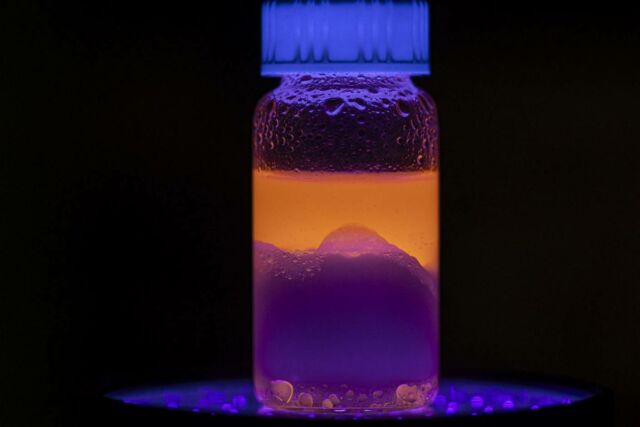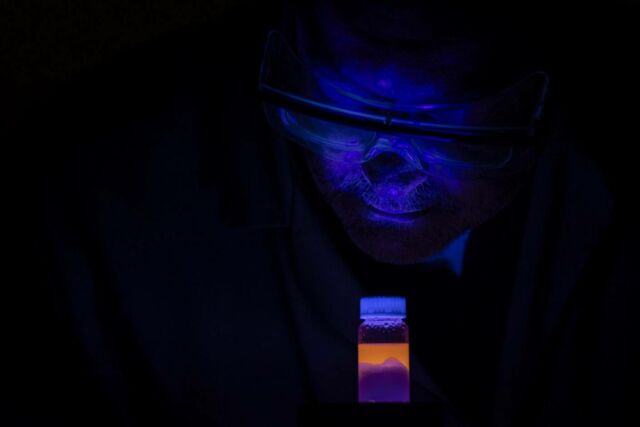 University of Missouri / Photo by Sam O’Keefe
University of Missouri / Photo by Sam O’Keefe
Scientists achieve more than 98% efficiency in removing nanoplastics from water, using a liquid-based solution to trap them.
Researchers at the University of Missouri are tackling the problem of nanoplastics—tiny particles smaller than a human hair and invisible to the naked eye.
These particles, linked to cardiovascular and respiratory diseases, are accumulating in the world’s water bodies without being noticed. Finding an affordable way to remove nanoplastics while leaving clean water has been a significant challenge.
 University of Missouri / Photo by Sam O’Keefe
University of Missouri / Photo by Sam O’Keefe
The researchers have developed a new liquid-based solution that removes over 98% of these microscopic plastics from water.
Gary Baker, an associate professor in the University of Missouri’s Department of Chemistry, said:
“Our strategy uses a small amount of designer solvent to absorb plastic particles from a large volume of water.”
Their innovative approach, using water-repelling solvents made from natural materials, not only addresses nanoplastic pollution but also opens the door to further advancements in water purification.
Piyuni Ishtaweera, a recent alumna who led the study while earning her doctorate in nano and materials chemistry at Mizzou, said:
“Nanoplastics can disrupt aquatic ecosystems and enter the food chain, posing risks to both wildlife and humans. In layman’s terms, we’re developing better ways to remove contaminants such as nanoplastics from water.”
source: University of Missouri





Leave A Comment